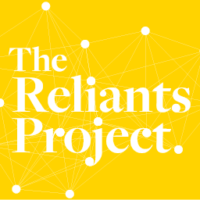Friendship apps may have their day in the sun yet! While they have come a long way in the last 5 years, there are still no household names to speak of. Here I look at the landscape of Friending Apps and provide a framework for how to choose one or more based on your friend-making preferences.
What counts? To be honest, it’s much easier to say what it’s not. Here are some basic criteria I used to create this framework:
- Not connecting current friends (e.g. Facebook)
- Not connecting to a professional (e.g. therapist)
- Not connecting to a customer (e.g. professional services)
- Not transactional (e.g. money exchanged to support an artist or organisation)
A helpful way to think about these apps is to organise them into groups based on what the people share (the basis for the connection) and type of engagement (in-person vs. virtual). For example, Peanut connects women who are trying to conceive, expecting a child, or raising children. The basis of the connection is the shared experience of fertility and motherhood. The service supports meeting in-person but also has online groups for women to share their experience without meeting.
In contrast, Much Better Adventures is goal-based. They connect people who want to go on a specific type of holiday and don’t want to go alone. Here are examples that illustrate each of the categories, acknowledging that there are some overlaps (for example, Vina considers both location and identity).
| Experience | Identity | Interest | Location | Goal | |
|---|---|---|---|---|---|
| In-person |  |
 |
 |
||
| Blend |  |
 |
 |
 |
|
| Virtual |  |
 |
 |
 |
Of course, there are a number of apps that people use that aren’t marketed as a way to make friends but nevertheless provide that outcome (intentional or otherwise). Probably the most common are Instagram, Meetup, Slack and Tinder (and other dating apps). As a result, people have created how-to posts to help others do it:
- Tips on How to Make New Friends Through Instagram
- Guide To Socializing And Meeting Friends At Meetup.com Events
- How I made new friends during the pandemic
- How To Make Friends On Tinder (No, Seriously)
Happy friending!

